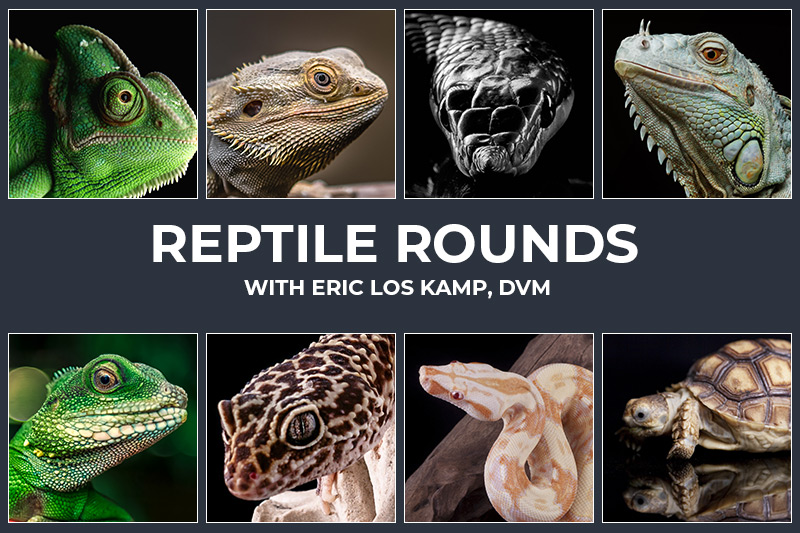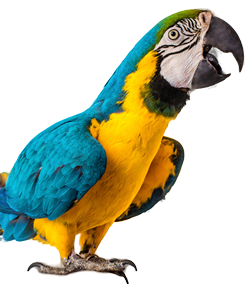Holy Thursday Massacre
The work of a veterinarian is tough. We see many sick animals, some more worse for wear than others. Sometimes in our jobs we feel like heroes, dragging animals from the jaws of death and keeping cherished family members alive. However, we can’t save every pet. And in these instances where the animal is suffering, humane euthanasia is a hard choice that is the most compassionate treatment option for an animal.

The American Veterinary Medical Association (AVMA) clearly outlines guidelines on what constitutes humane euthanasia. Euthanasia in this manner- regardless of the technique- needs to done in a way that minimizes pain and stress to the animal. Euthanasia methods for reptiles do not differ much from other animals. When euthanasia is elected, an overdose of an anesthetic agent is administered to the reptile. While the animal may feel this initial injection, the anesthetic overdose will render the animal unconscious. Once unconsciousness is achieved, then the euthanasia solution is administered. In reptiles, this is usually intracardiac (into the heart) or intracelomic (into the body cavity). After the euthanasia solution is given, the animal is assessed for a heart rate. In reptiles, especially as they metabolize drugs at a slower rate than other animals, their core physiologic processes such as a heart beat can persist despite being functionally dead. To help expedite this process, pitching is performed, wherein a needle is utilized to severe the brain stem. This is a somber process and one that still personally affects me to this day.
The manner in which the Florida Fish and Wildlife Conservation Commission (FWC) disposed of the pythons and the boa of Chris Coffee and Bill McAdam in what is known as the “Holy Thursday Massacre” is nothing short of animal cruelty and goes against everything the AVMA stands for. For those of you unaware, FWC officers used a captive bolt gun to kill 34 Reticulated and Burmese Pythons in addition to a misidentified Boa Constrictor. When you look at FWC’s website, the use of captive bolt gun is reserved for wild invasive Burmese Pythons, and this methodology should never have been used on a captive pet. In all my cases of euthanasia of pet reptiles, I have never used a captive bolt gun, even with unconsciousness attained. Additionally, the snakes were forcibly grabbed from their enclosures, pinned down to the ground, and officers shot the snakes in the head with the bolt gun. Death in this manner was incredibly stressful for the snakes, they were not fully unconscious and felt the excruciating pain of the bold entering their skulls. What’s worse is that some of the officers utilizing the bolt gun were not well trained in this tool, so that led to further animal suffering. To add further insult, pithing was not performed on any of these animals, which is indicated by the fact that many if the snakes writhed for extended periods of time after the bolt gun was used.
Other veterinarians, such as Dr. Ivan Alfonso, have also spoken out on this manner, and as advocates for the welfare of reptiles, veterinarians do not condone this senseless slaughtering of animal life. If you want to help prevent another issue like this from happening again, please support USARK FL and USARK. If you are in Florida, please contact Governor DeSantis and your state representatives.





